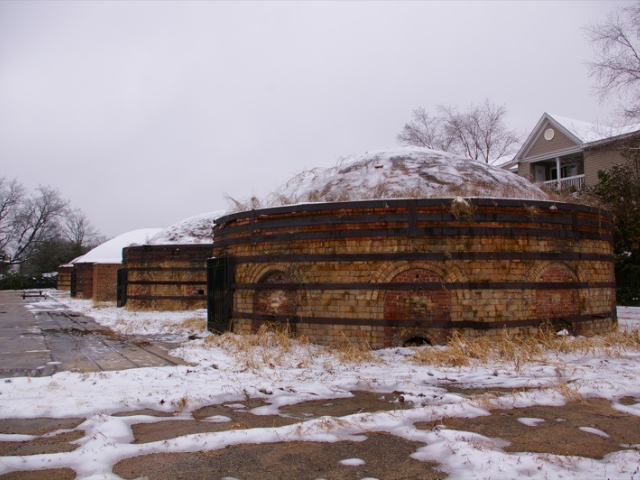
Guignard Brick Works (11 January 2011). Flickr Duane Burdick. Retrieved 15:59 May 26, 2021.
Lexington County and its county seat, the town of Lexington, were named for the battle of Lexington, Massachusetts, the first battle of the American Revolution. This part of the state was first named Saxe Gotha township about 1733. It was designated as Lexington County from 1785 to 1791, then was merged back into the larger Orangeburg District. Lexington was eventually made a separate district in 1804. Small parts of the county later went to form Aiken (1871) and Calhoun (1908) counties. European settlement of this area began around 1718 when the British established a trading post on the Congaree River, which eventually became the town of Granby. In the 1730s, many German, Swiss, and Scotch-Irish immigrants moved into the area and established small farms. Granby was the leading town and county seat for many years, but the growth of Columbia across the Congaree led to Granby's decline, and the county seat was moved to the town of Lexington in 1818. Several Revolutionary War skirmishes took place in this area, and General Sherman's troops shelled the city of Columbia from the Lexington side of the Congaree during the Civil War. In 1930 Lake Murray was created on the Saluda River in Lexington County, covering many of the old farms and creating new recreational opportunities for the county. Revolutionary War heroine Emily Geiger was a resident of Lexington County, and television personality Leeza Gibbons grew up there.


